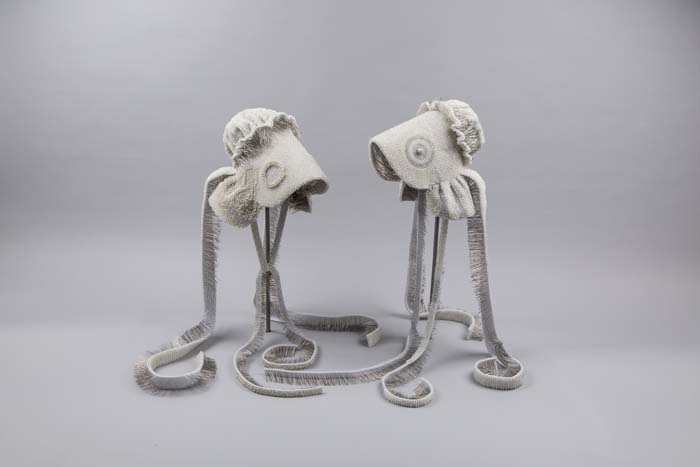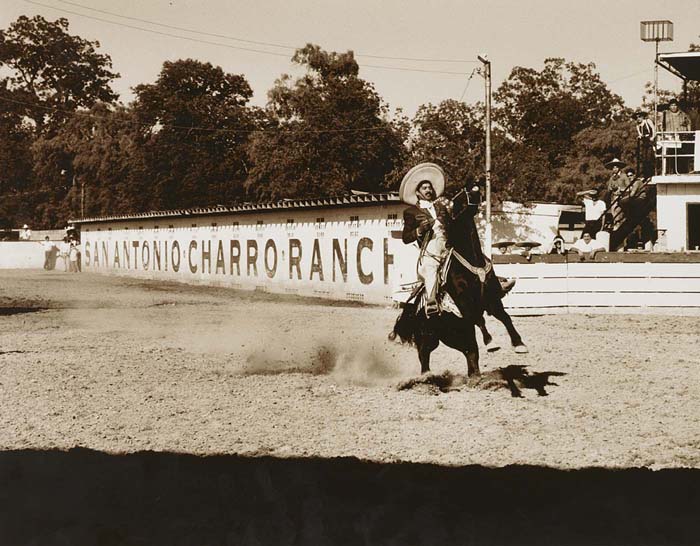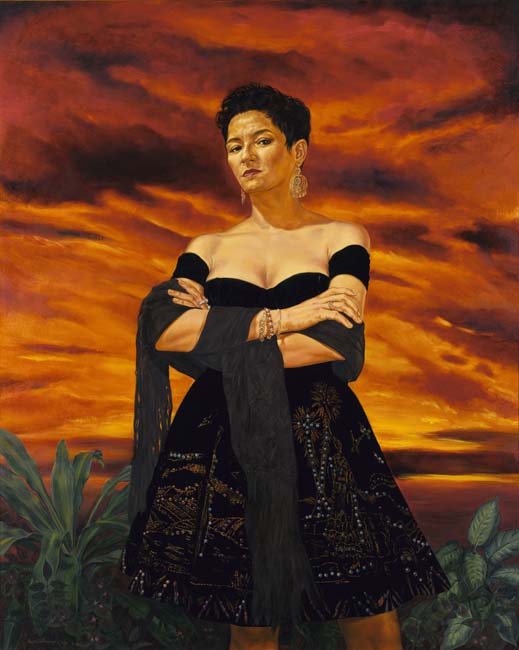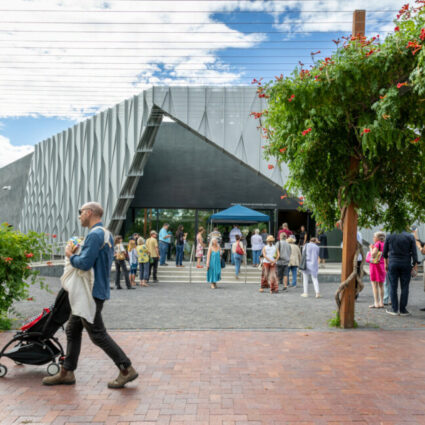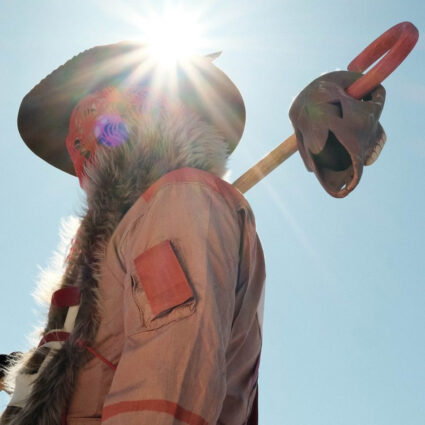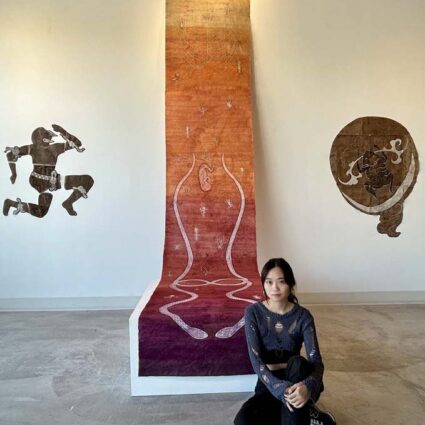Many Wests: Artists Shape an American Idea explores the erasure of Black, LGBTQ+, Indigenous American, Asian American and Latinx culture through contemporary art.
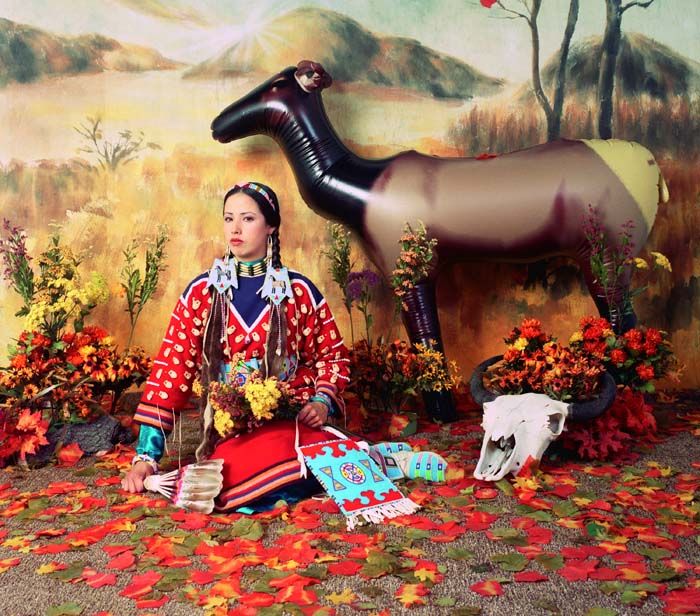
Many Wests: Artists Shape an American Idea
February 5 – June 11, 2023
Utah Museum of Fine Arts, Salt Lake City
Mainstream media’s portrayal of the American West’s culture and history is too often told through the lens of someone who is trying to sell the idea of its colonization. Meanwhile, the stories of the disenfranchised are washed away. Many Wests: Artists Shape an American Idea, a traveling exhibition currently featured at the Utah Museum of Fine Arts, explores the erasure of Black, LGBTQ+, Indigenous American, Asian American, and Latinx culture through contemporary art.
A collaborative effort between the Smithsonian American Art Museum, UMFA, Boise Art Museum, Whatcom Museum, and the Jordan Schnitzer Museum of Art, Many Wests: Artists Shape an American Idea, diversifies the multifaceted stories and characters of the oft muted voices of the American West’s varied perspectives through three different themes: Caretakers, Memory Makers, and Boundary Breakers.
The Caretakers section offers the artists room to express what it means to take care of their land, community, and culture, as in artist Ka’ila Farrell-Smith’s Enrollment (2014), a large oil paint and graphite portrayal of an Indigenous person wrapped in a blanket displaying her tribal enrollment number. In an effort to express the value and overlapping emotions that came from her recognition as a citizen of the Klamath Tribes, Farrell-Smith extends a history on her culture and the meaning of tribal enrollment and how that affects her sense of self within it.
Memory Makers focuses on telling the papered-over stories of our American West’s history such as in American Infamy #2 (2006) where Roger Shimomura shows viewers his depiction of Camp Minidoka, the Japanese internment camp where he and his family were imprisoned in Idaho in 1942. An acrylic painting spread across four panels, Shimomura paints cartoons of the camp prisoners living their day-to-day lives as if they aren’t being watched by the shadowy guard figure looming over the camp. Shimomura recollects his childhood that, despite the imprisonment, is evidence of his and his family’s resilience.
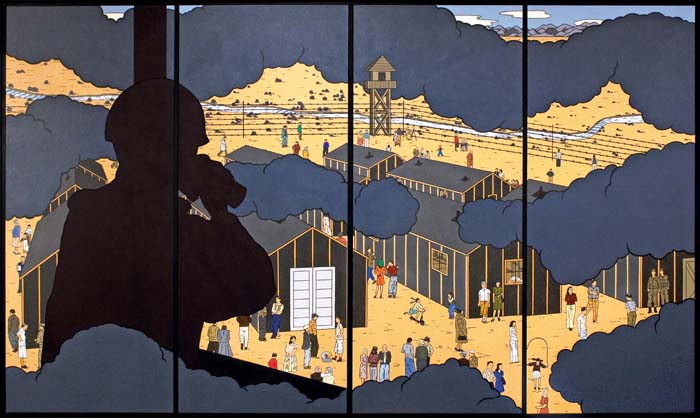
Through the Boundary Breakers section, the works are intended to dissolve myths around the American West and reveal the sharper edges of romanticized history. This includes Angela Ellsworth’s Seer Bonnet XI and XII (2010)—two pioneer bonnets made of corsage pins, fabric, and steel. Seemingly fatal, Ellsworth reimagines the image of the delicate and feminine Western pioneer bonnet by structuring it with needles that jut outward, making it impossible to wear or touch.
Many Wests shows viewers the diversity of the American experience and how canonical perspectives of the American West threaten the viability of our history, cultural identity, the prosperity of future generations, and the justice for the disenfranchised ones. While the artists find common ground in their hope to have their voices heard above the static of Western colonization, the stark differences in each artist’s journey and the injustices within it display clearly that the history of cultural erasure runs deep and in many different directions. Many Wests is a successful step forward in the arduous mission to undo this erasure that, regrettably, is the foundation for the lie that the American West has been sold to be.
